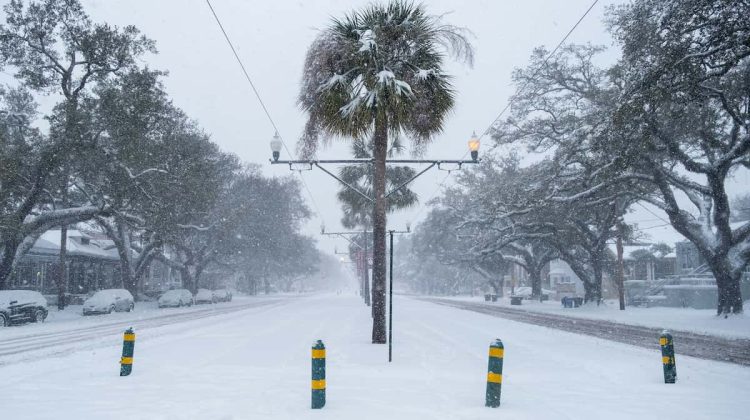When you think about dangerous driving scenarios, high-speed collisions or drunk drivers might come to mind. But one of the most deceptively dangerous situations for motorcyclists occurs during something as routine as a left-hand turn. In fact, left turns are one of the most common causes of motorcycle accidents—often with devastating consequences. If you’ve been injured in this type of crash, speaking with a motorcycle accident lawyer can help you understand your legal rights and options.
The Statistics Behind the Danger
According to the National Highway Traffic Safety Administration (NHTSA), more than 40% of all motorcycle crashes involving another vehicle occur when that vehicle is turning left. In most cases, the motorcyclist is traveling straight through an intersection or trying to pass the vehicle on the left when the other driver suddenly turns.
For motorcyclists, these accidents often result in serious injuries, as bikes offer far less protection than passenger vehicles. Riders are frequently thrown from their motorcycles, leading to head trauma, spinal injuries, broken bones, and even fatalities.
Why Left Turns Pose Hazards to Motorcyclists
Several factors make left turns especially hazardous for motorcycle riders:
1. Low Visibility of Motorcycles
Motorcycles are smaller and less visible than cars or trucks. Many left-turning drivers simply don’t see the motorcyclist or misjudge their speed and distance. This is often referred to as “looked but failed to see”—a common excuse after the fact.
2. Misjudging Speed
Even if a driver sees a motorcyclist, they may underestimate how fast the bike is approaching. This results in the driver thinking they have enough time to make the turn, only to pull directly into the motorcyclist’s path.
3. Driver Distraction
Distractions such as phones, GPS systems, or even conversations can cause a driver to make a left turn without fully scanning for oncoming motorcycles.
4. Obstructed Views
Large vehicles, foliage, or poorly placed traffic signs can make it harder for drivers to see an oncoming motorcycle before turning.
5. Failure to Yield
Many left-turn accidents happen because drivers fail to yield the right-of-way. In most states, the driver making a left turn must yield to oncoming traffic—regardless of whether it’s a car or motorcycle.
What Can Motorcyclists Do?
While riders can’t control what other drivers do, there are steps they can take to reduce the risk:
- Slow down at intersections, even if you have the right of way.
- Cover your brakes when approaching a potential hazard.
- Position yourself in your lane to maximize visibility.
- Wear bright or reflective gear, especially at night.
- Anticipate danger and be ready to take evasive action.
What Can Drivers Do?
If you’re behind the wheel, you can help save lives by:
- Looking twice before making any turn—especially left turns.
- Waiting an extra second before turning to make sure the path is clear.
- Avoiding distractions at all times.
- Respecting motorcyclists’ right of way just as you would another vehicle.
What Are Your Rights After a Left-Turn Motorcycle Accident?
If you’ve been injured in a left-turn motorcycle accident, it’s important to know your rights. In many cases, the turning driver is considered at fault, especially if they violated the motorcyclist’s right-of-way.
You may be entitled to compensation for:
- Medical bills
- Lost wages
- Pain and suffering
- Motorcycle damage
- Future rehabilitation costs
Consulting with an experienced motorcycle accident attorney can help you navigate the legal process and secure the support you need to recover.




No Comment